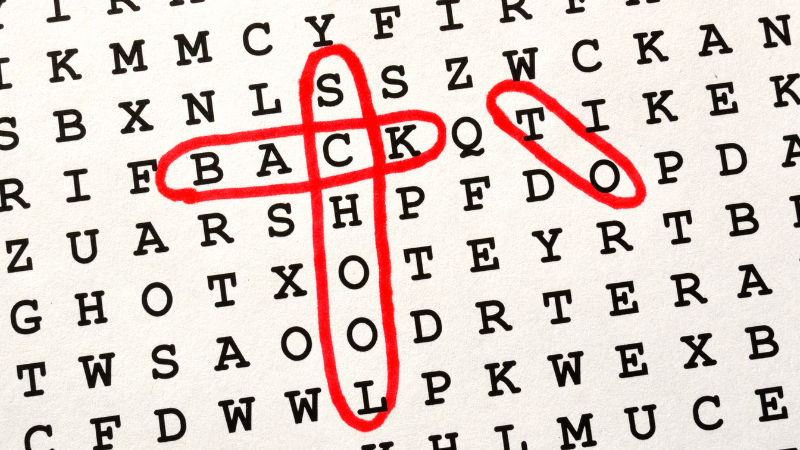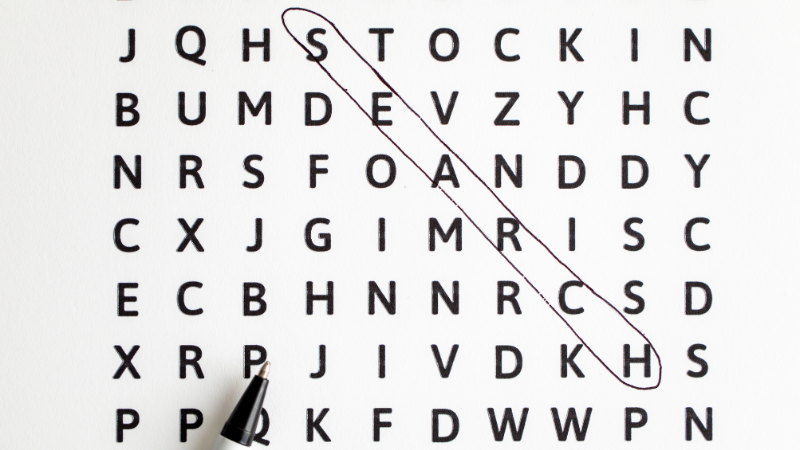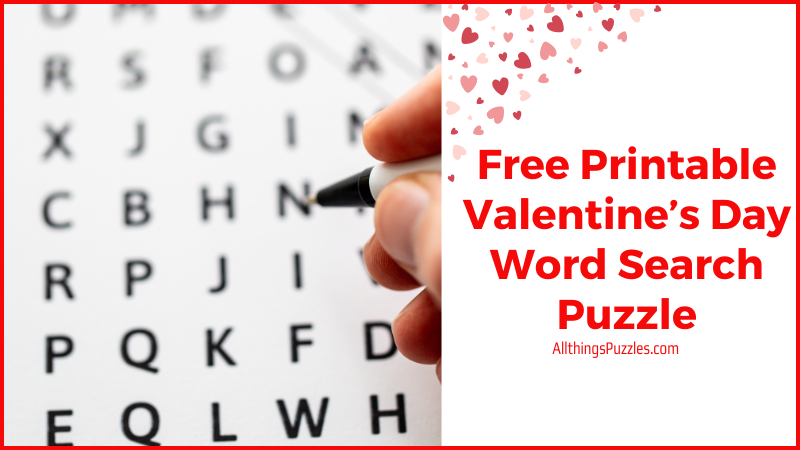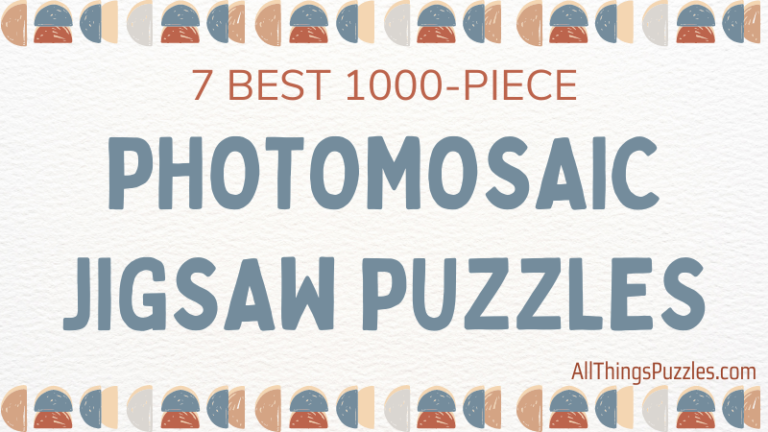Word search puzzles are a popular pastime for people of all ages, providing a relaxing way to work on pattern recognition and problem-solving skills. With grids filled with letters and a list of words to find, these puzzles can range from easy to quite challenging. As someone who enjoys tackling these brain-teasers, I’ve learned that certain strategies can greatly enhance the solving experience and boost the chances of success. In this blog post, we’ll delve into some effective strategies and tips for conquering and solving word search puzzles with ease.
Key Takeaways:
- Effective strategies can enhance word search puzzle solving.
- Understanding basic patterns and advanced techniques is beneficial.
- Flexibility and an eye for detail contribute to a relaxing puzzle experience.
Overview of Strategies
When tackling word search puzzles, I’ve found several strategies particularly effective. My key tips are below:
Scan in Patterns: I start by visually scanning the grid in a straight line, vertically, horizontally, and diagonally. This systematic approach makes it easier for me to spot words quickly.
Letter Targeting: I zero in on unique or less common letters within the word I am searching for. For instance, if I’m looking for the word “quartz,” I’ll look for the “q” or “z” as they stand out.
Word Length: I consider the length of the word and look for areas within the grid that can accommodate the entire word, paying attention to both the beginning and end of potential spaces. For example I wouldn’t look diagonally for a 8-letter word in the 4-letter diagonal area.
Circle Words: As soon as I locate a word, I circle it to prevent re-reading the same words, which aids in reducing search time and avoiding confusion.
Use the List: I keep referring back to the word list. It’s a good reminder of what I’m still looking for, and crossing off the found words can provide a sense of progress.
Perimeter Perusal: Sometimes, I check the perimeter of the grid as some words may run along the edges, making them easier to spot.
Common Pairings: I watch out for common letter pairings or sequences in the English language, such as “th,” “ch,” “ing,” etc.
By following these methods, I improve my efficiency and effectiveness in solving word search puzzles. Remember, patience and practice are key. Happy searching!
Understanding The Basics

Sharpening your ability to spot words among a jumble of letters involves both a methodical approach and a keen eye for detail. It’s crucial to understand the puzzle’s structure and common patterns while also being flexible in your tactics as the complexity escalates. Beginners can benefit from learning the basics, while seasoned solvers might look to refine their techniques to become more proficient.
Decoding the Puzzle Structure
Word search puzzles consist of a grid made up of rows and columns filled with letters. Each puzzle can vary in complexity, from simple to more challenging layouts. In the simplest form, words may only be placed horizontally or vertically. In more complex puzzles, they can also appear diagonally, backward, and forward.
Mastering the Starting Strategies
Simplicity is your ally in word search puzzles. Begin by looking for the longest word or the most distinctive word listed, as they are easier to spot and will reduce the number of letters you need to search through later. Also, focusing on the first and last letter of a word gives me anchor points in the grid. From there, I scan horizontally, vertically, and diagonally to locate the full word.
- Start with the longest words: They are easier to locate and will help reduce the puzzle’s complexity.
- First and last letters: Pay attention to these as starting points to find words quickly.
Focus on Word Endings
Spotting common word endings can serve as valuable breadcrumbs leading you to hidden treasures within the grid. Keep an eye out for prefixes and suffixes—they often reveal partial words that can jumpstart your search. An example of a prefix is “pre” and a suffix could be “able”.
Improving Scanning Methods
Learning how to scan the grid efficiently is akin to sharpening your puzzle-solving sword. I use the following scanning technique that maximizes my visual field. Let’s break it down:
- Horizontal and Vertical Lines: I scan each row and column rather than the whole grid. This breaks the puzzle into manageable sections.
- Diagonal Lines: Occasionally, words are hidden diagonally, so sweeping along both sets of diagonal lines is crucial.
- Letter Pairs: I search for common double letters or unique pairings within the specific word; this often leads to rapid identification.
Of course, scanning in reverse (from bottom to top and right to left) is necessary for spotting words oriented backward, especially with increased puzzle difficulty.
Recognizing Common Patterns
Over time, I’ve found that word searches often use common letter patterns. This includes an abundance of double letters or frequently used letter combinations. When my eyes scan for words, they’re trained to quickly identify these patterns to isolate possible words from the jumble. Looking for such letter groupings is a shortcut that can significantly speed up the process.
- Look for double letters: Words with double letters often stand out more in the grid.
- Identify common letter pairs: Such as ‘th’, ‘ch’, ‘sh’.
In tackling more challenging word search puzzles, certain refined methods can notably enhance efficiency and accuracy.
Strategic Word Hunting
Firstly, I pinpoint priority words from the word list, focusing on those with unique letter combinations and strange letters that are less common. This approach often leads to quicker discoveries because such words stand out. For example, the letters q and z are less common and easier to spot than the letter e.
Utilizing the Game’s Theme
I analyze the theme of the puzzle as it gives me a preliminary expectation of the words I may encounter. This knowledge allows me to make educated guesses about possible words, particularly when I spot letter patterns that are thematic. For example, if the theme is aquatic life, spotting a “q” may prompt me to look for the word “aquarium.”
Practical Tips and Tricks

In my experience, a targeted approach to word search puzzles can significantly enhance your solving speed and enjoyment.
Effective Marking Systems
Effective marking systems can significantly streamline your word search puzzle-solving process by helping you keep track of found words and narrowing down your search. Some effective marking systems in a word search puzzle include using a highlighter or colored pencil to circle or underline found words, using a pen to cross out words once they are found, or using a digital tool to highlight or mark found words on a computer or mobile device.
These marking systems help to keep track of the words that have been found and prevent the same word from being searched for multiple times. Choose the marking system that works best for you based on personal preference and ease of use. Experiment with different methods to find the one that enhances your puzzle-solving experience the most.
Maintaining Efficiency
Efficiency is key to solving puzzles swiftly. I approach the grid row by row and then column by column, systematically checking surrounding letters for potential word starts.
Take Breaks and Manage Time
Puzzle-solving is a marathon, not a sprint. Pace yourself, take breaks when needed, and manage your time effectively—especially in timed puzzles. Avoid mental fatigue by staying focused and refreshed throughout your solving session.
Flexibility with Varied Approaches
I’ve learned that being rigid in my solving methods limits my success. Therefore, I adopt varied approaches to adapt to the variations of puzzles I encounter. Sometimes I’ll look for words in reverse, or begin by finding the longest words, as they are easier to spot and reduce the complexity of the grid. Flexibility in my strategy allows me to solve word searches fast and makes the process more dynamic and enjoyable.
Challenging Yourself with Difficult Puzzles
In elevating my word search capabilities, I’ve found strategizing and challenging myself to be essential. To sharpen my skills, I actively seek out more complex word search games that push the boundaries of my abilities. Puzzles with a sports or music theme often include jargon and terminology that expand my vocabulary. You can keep a dictionary close to reinforce learning.
- Strategy: Tackling puzzles from newspapers or word search books designed for higher difficulty levels.
- Practice: Regularly timing myself with a word race to improve my speed and agility in finding hidden words.
By consistently engaging with challenging puzzles, my proficiency and quickness in recognizing patterns and words have noticeably improved.
Developing a Puzzle-Solving Mindset
I’ve found that a methodical approach aids in solving word searches effectively. Building a puzzle-solving mindset involves adopting strategies and perspectives that make spotting words less daunting.
- Wordle and other word games help train my brain to identify letter patterns and word structures.
- Creating a custom word search with my own word lists provides a unique advantage by adapting the game to my learning style.
This technique not only keeps my mind sharp but also turns the process into a learning game. Viewing each puzzle as an opportunity rather than a task has been beneficial in maintaining my interest and motivation.
Conclusion
In my experience, honing skills in word search puzzles can be both rewarding and mentally stimulating. The key is to be patient and systematic. Here are the final takeaways to elevate your puzzle-solving strategy:
- Scan Methodically: Start by looking for the first letter of each word and systematically scan each line.
- Letter Patterns: Pay attention to unusual letter combinations unique to certain words.
- Perseverance: Don’t get discouraged. Some words may take longer to find, but persistence pays off.
- Practice: Like any skill, proficiency comes with practice. Regularly solve word searches to improve.
Remember, word searches are as much about enjoying the process as they are about the end result. Finalize each puzzle by checking off all your found words for a sense of accomplishment. Happy searching!
Do you have any tips for solving word search puzzles? Please share below.









